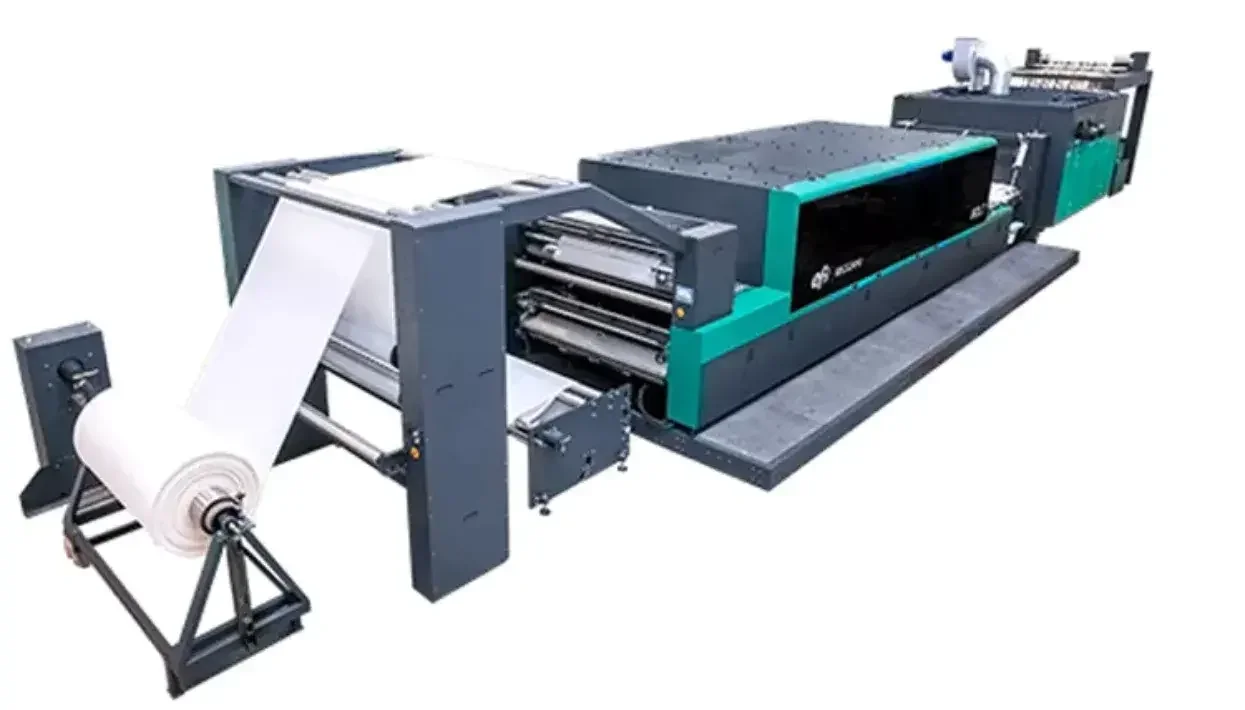Digital Printing
Sustainability
Digital textile printing and sustainability
Author
FESPA Staff
Published Date
21/09/2020
Become a FESPA Member
to Continue Reading
